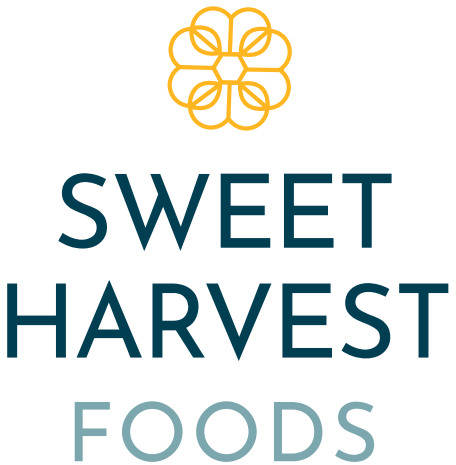Key Takeaways:
- Demand for organic honey continues to grow
- Three countries provide >95% of organic honey supply
- Honey industry continues to react to anti-dumping activity and tariff fluctuations
Spotlight: Organic Honey
- To be certified organic, honey must come from beehives located more than 2 miles away from conventional agricultural activity and must be produced using approved organic beekeeping practices
- Additional requirements exist for processors of organic honey to prevent co-mingling
Organic Honey Market Update:
- At 67M lbs in 2024, organic honey represented~10% of total honey sold in the US
- Approximately 30-40% of organic honey is consumed in the Retail channel
- Imports of organic honey have risen by double-digit rates annually since 2022
- Brazil, India, and Uruguay represent >95% of organic honey imports
- Brazil supply has increased following 2024 shortage, but demand remains strong while packers replenish stocks
- Uruguay supply tightness is driving reduced imports for 2025 YTD
- Strong demand for India organic honey, but government evaluation of organic honey harvest is limiting short-term supply
Organic Honey Pricing Index:
- Organic honey prices are significantly higher than pre-COVID levels and ~10-20% higher than 2024
- Brazil and India show largest increases compared to 2024 index
Industry News:
- Anti-dumping rates for POR1 were finalized in April 2025; POR2 final rates expected in April 2026
- Industry challenge to Critical Circumstances remains in-progress; decision expected 1H ’26
- President Trump has delayed implementation of reciprocal tariffs until July 9, 2025. Initial reporting indicated a 27% rate for India, which would notably impact honey markets
- USDA researchers find recent honey bee hive losses are due to viruses spread by miticide-resistant Varroa mites
To view the report as a print-friendly PDF, click here.

Global Expertise.
Proven Reliability.
Sophisticated Quality Assurance.

